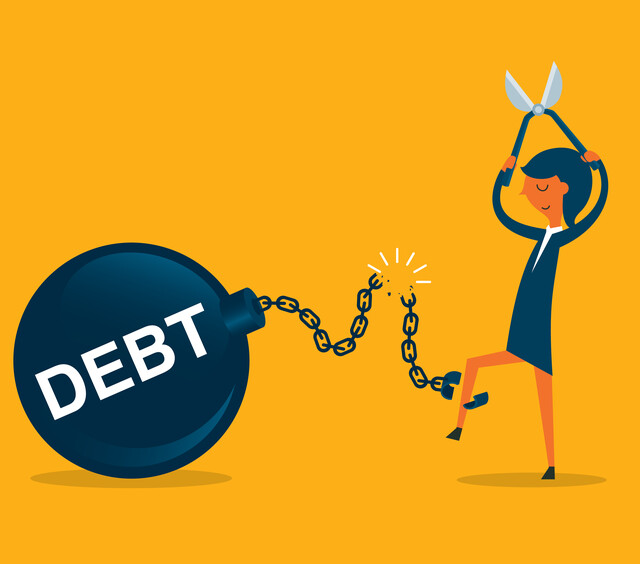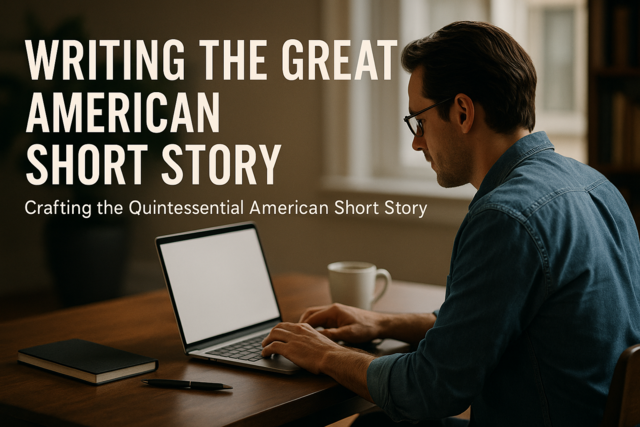How to Write Case Studies
Master the Art of Compelling Storytelling in Case Studies

12 Hours average completion time
1.2 CEUs
12 Lessons
23 Exams & Assignments
31 Discussions
12 Videos
12 Reference Files
Mobile Friendly
Last Updated December 2025
Dive Deep into the World of Case Studies: Uncover, Understand, and Unravel
Welcome to an illuminative journey into the realm of case studies. The tapestry of this world is intricate, woven with threads of scientific precision, historical information, and real-world relevance. Our comprehensive course offers you the chance to not just understand but master the art and science of developing compelling case studies.
Why Case Studies Matter
Case studies are not merely stories. They're a potent tool that can inspire change, provoke thought, and provide solutions to real-world problems. They bridge the gap between theoretical knowledge and practical application. By examining individual, group, or event-focused scenarios in depth, case studies offer a microscopic view into the dynamics of real-life situations. They are essential tools used across myriad disciplines to unearth insights that can impact policy, change strategies, and inspire innovation.
Unlock the Power of the Real World
What makes a case study supremely compelling is its essence of reality. While hypothetical scenarios offer a controlled environment for understanding, there's no substitute for dissecting actual events, choices, outcomes, and the web of consequences that unfold. Top-tier institutions globally, including the prestigious Harvard Business School, leverage the power of case studies to impart knowledge, instill critical thinking, and hone decision-making skills in their students.
From Theory to Action
Our course isn't just about understanding what a case study is. It's about crafting one. It's about diving deep into the annals of history, be it the heart-wrenching story of "Genie", the feral child, or the corporate firefighting exemplified by Johnson & Johnson during the Tylenol cyanide crisis. We equip you to analyze, infer, and create.
The Blueprint of Mastery
Our meticulously designed modules guide you step-by-step:
- Foundations: Understanding the essence and purpose of case studies.
- Diversity in Focus: Exploring the myriad types of case studies from individual to events.
- Blueprinting: Strategizing the development of a case study.
- In the Trenches: Mastering the art of researching for your case study.
- Balancing Act: Recognizing the strengths and pitfalls of case studies.
- Crafting the Narrative: Penning down a compelling, informative, and impactful case study.
- Business Narratives: Case studies in the vibrant world of marketing.
- Healing Words: Leveraging case studies in the medical field.
- Workplace Chronicles: Infusing the power of case studies into business strategies.
- Edu-Tales: Revolutionizing learning through case studies in education.
- Mindscapes: Delving into psychological and social paradigms through case studies.
- The Finale: Synthesizing, summarizing, and celebrating case studies.
Embark on a Transformative Journey
Whether you're a budding researcher, an educator, a business professional, or someone inherently curious about the world's complexities, this course is your gateway to understanding the art of storytelling backed by facts, insights, and real-world revelations.
Join us as we decode the mysteries, celebrate the revelations, and harness the power of case studies to change the world, one study at a time.
- Comprehensive synthesis capability
- Insightful data interpretation skills
- Interdisciplinary application insights
- Effective storytelling techniques
- Real-world problem-solving
- Strategic research planning
- Persuasive narrative construction
- Critical evaluation skills
- Analytical thinking development
- Enhanced decision-making abilities
-

Debt Reduction
-

ESL Grammar Skills: Level 1-5 Course Bundle
-

Team Building 101
-

ESL Basic Grammar and Writing
-

Strategic Planning
-

Speed Reading 101
-

Basic English Speaking Skills
-

Procurement Management
-

Business Analysis
-

Personal Assistant 101
-

How to Write Short Stories for Children
-

Writing the Great American Short Story
-

Developing Great Social Skills
-

Workplace Violence: A Guide to Responding and Preventing
-

Generational Diversity in the Workplace
-

Ultimate Secretary Training Bundle
-

Internet Marketing Basics
-

Creating an Effective Sales Team
-

Customer Relationship Management
-

Financial Analysis 101: Planning and Control
-

How to Start and Run an Online Business
-

Human Resources Productivity Course Bundle
-

Sustainable Development for Business
-

Marketing Copywriter 101
-

Writing Help Course Bundle
